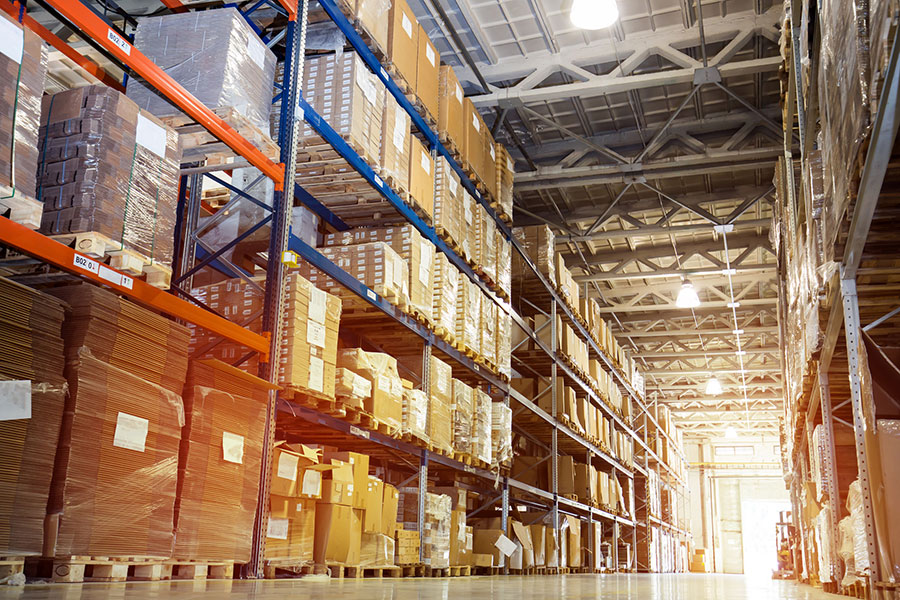Cost is important to any business no matter how large or small, as ultimately if these expenditure figures outweigh profit margins, it could be the difference between success and failure.
Running a large warehouse is something that can require a great deal of financial management, as the operational costs of this can be quite substantial – particularly if it’s the main part of a business’ operations. While there’s no escaping some essential aspects a business will need to pay for to keep their warehouse working, there’s one area that can be managed to help bring overall costs down, namely utilities.

Warehouse Utilities: In Focus
Much like any typical office, site or general workspace, the utilities needed within a warehouse are the same as what you’d expect to find in these places.The key difference is that the consumption and usage of everything from the water and drainage to the gas and electric, will likely be on a much larger scale. The use can be even greater for warehouses that operate 24/7.
In addition to this, other expenses on aspects like fuel for machinery and FLTs can come under this umbrella, as can any fleet vehicles used as part of supply chains that make use of the warehouse.
Effective Utility Management
Having a person, team, or set of processes in place to manage all this is where businesses can make savings on their energy bills. Utility management can identify the following in a warehouse:
- What the existing expenses on utilities look like
- What services are being over/under used
- Which areas of the warehouse’s operations are effective/ineffective
- How these can be improved
There’s also scope here for those in charge of utility management to look for new ways to improve efficiency and reduce costs. One example could be through using LPG, which as this article explains has become more popular within warehouse and logistics operations as a more cost-effective source of fuel for FLTs.
The Benefits
On top of the increased efficiency a large warehouse may encounter through this, other benefits can include:
- Reduced costs and expenses, not just with utilities but in other areas
- More sustainable operations that are more likely to meet sustainability targets
- A reduction in business and financial risk
- Overall improved performance and better service for clients and customers
- The potential of increased profit margins off the back of this
Additional Support
While the above steps are something business owners can look to facilitate, the finer nuances of this may require expert, external support. This is where specialist companies can help; such firms work to find cheaper and more affordable alternatives for businesses to consider. This could then be something to use within a warehouse set up.
The final aspect to consider here is that the longer a business waits to implement these management strategies, the more financially troubling their situation can become. With this in mind, it could be a wise move for owners or managers of large warehouses to use the above advice and put these approaches in place sooner, rather than later.




Comments are closed.